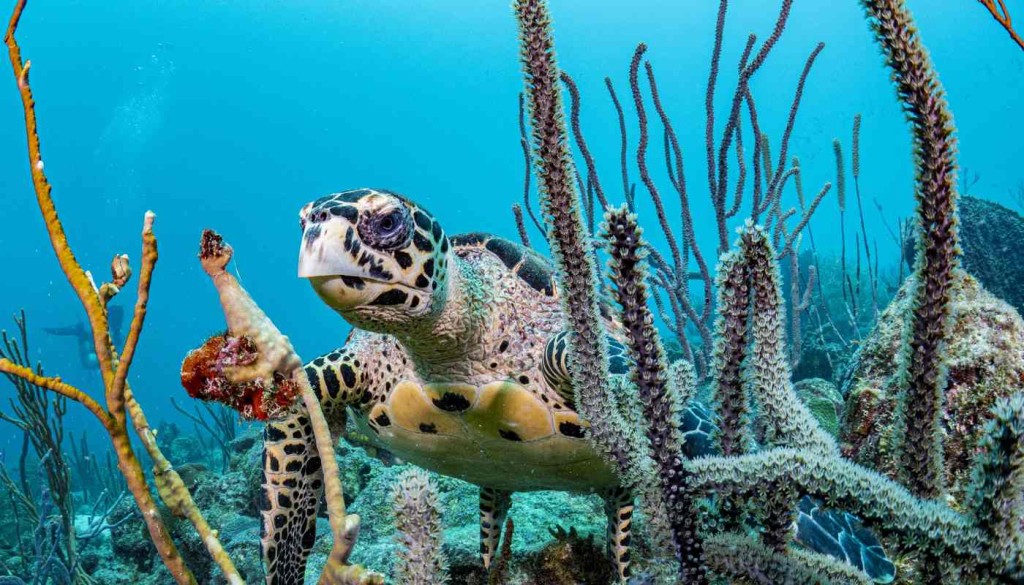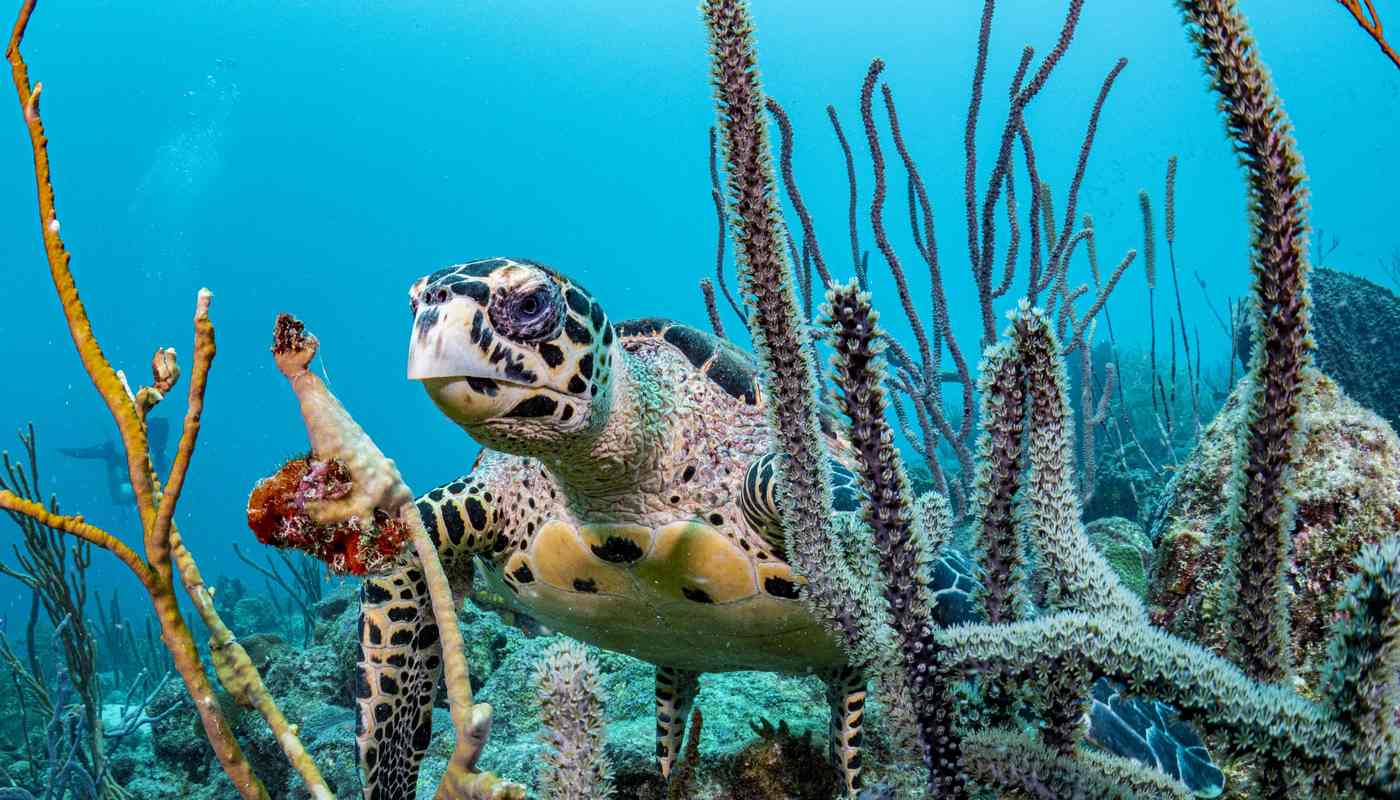
As part of a debt-for-nature refinancing program, the island nation of Barbados is set to unlock $50 million in funding for conservation of its entire marine ecosystem.
Barbados committed at last year’s COP to protect 30% of its territorial waters but lacks the funds to do so. The Nature Conservancy announced it will work with partners to buy a piece of Barbados’ national debt and refinance it to facilitate this goal.
It’s a program known in the conservation world as “Blue Bonds.” The Nature Conservancy’s Blue Bonds for Ocean Conservation strategy essentially finds nations which have a lot of debt, low tax revenue, and important territorial waters, and recruits financier partners to buy outstanding debt from the previous holders and re-negotiate terms with more favorable interest rates provided the nation spends the savings on ocean conservation.
Today, the island nation of the Seychelles has established protections over a marine environment in an area equivalent to twice the size of Great Britain, or 158,000 square miles, thanks to a Nature Conservancy Blue Bond finance arrangement in 2016.
“We believe that innovative debt transactions coupled with science and marine planning, like our Blue Bonds for Ocean Conservation strategy, can achieve protection and improved management of more than 4 million square kilometers of the planet’s ocean—a 15% increase in the current amount of global marine protection,” said Jennifer Morris, CEO of The Nature Conservancy in a statement.
RELATED: US Seeking to Protect Largest Underwater Canyon Off New York City For New Marine Sanctuary
A large piece of the territorial waters of the world are controlled by small island nations like the Seychelles, or Barbados whose seascapes are 430-times the size of its landscape.
However these countries often can’t afford to implement conservation at an ecosystem scale, the kind that’s needed to protect ocean biodiversity.
Barbados is home to four species of nesting turtles: green turtles, loggerheads, hawksbill, and leatherbacks, and has the second-largest hawksbill turtle-breeding population in the Caribbean. It also has rich coral reefs that support large tourism and fishing sectors.
YOU MAY ALSO LIKE: Bigger than Texas: Huge New Marine Park Will Protect ‘Australia’s Galapagos’
In 2021, this Blue Bond program from the Nature Conservancy helped Belize move toward their commitment of protecting 30% of their territorial waters which include the Belize Barrier Reef, one of the largest barrier reefs on Earth.
Take a look at what’s being protected…
SHARE This Bit Of Blue Financing With Your Friends…




















